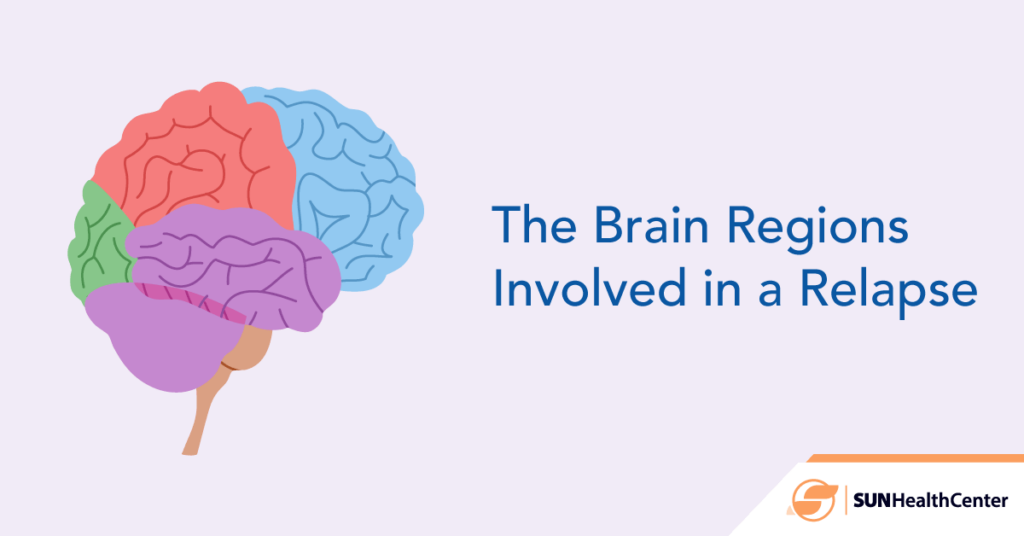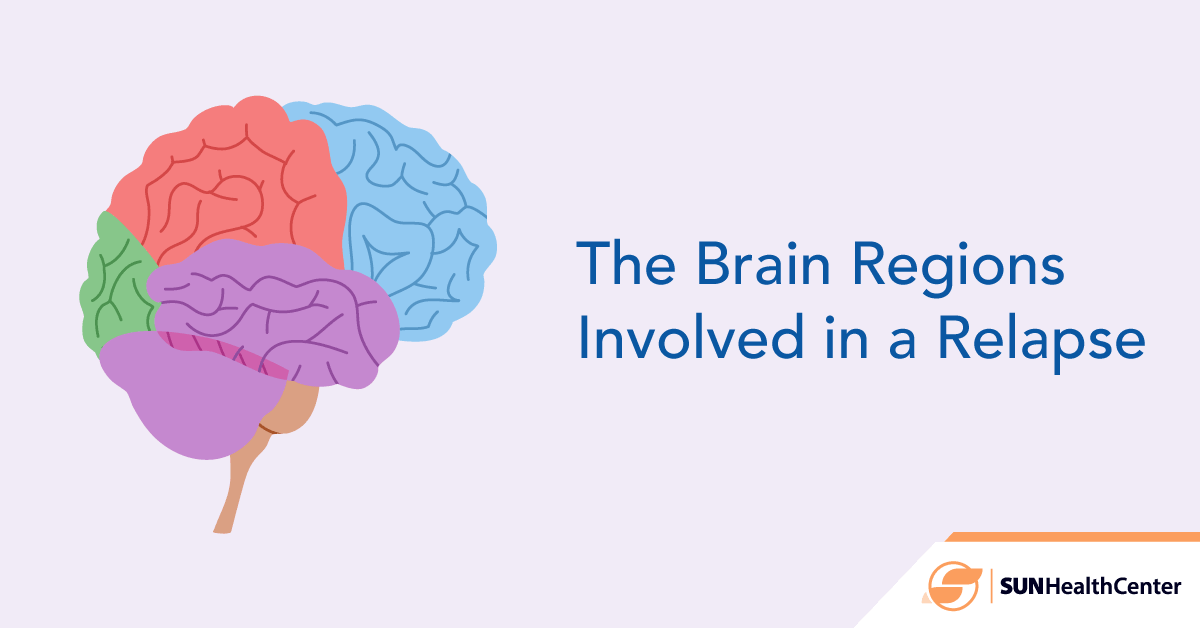

Compulsive alcohol and drug use takes a toll on the body and the mind. Individuals struggling with addiction are at higher risk of heart disease, cancer and mental health conditions. Even with short-term addiction, an addict can develop strong connections between drugs and the triggers associated with them, changing the neural pathways in the brain. Once these changes take place, it can be difficult to completely recover from addiction without experiencing brain relapse.
Fortunately, there’s hope. Approximately 73% of adults aged 18 and older who’ve sought drug and alcohol addiction treatment have reached their goal. This article explores the areas of the brain affected by addiction and the recent advances in neuroscience that help those at any stage of the treatment process. Understanding what part of the brain controls addiction allows for targeted treatment options and early intervention.
The Brain’s Reward System and Addiction
Addiction is a chronic disease driven by changes in the brain’s reward system. At the heart of these changes is the mesolimbic dopamine pathway, which consists of the ventral tegmental area and the nucleus accumbens. When a person uses drugs or alcohol, these areas release large amounts of dopamine into the system, giving the user intense feelings of satisfaction and pleasure.
Over time, normal activities and interests, such as watching TV, playing video games, exercising and spending time with friends, may seem uninteresting or bring less joy. This cycle often leads to cravings and an endless cycle of drug and alcohol abuse, which can be difficult to break, even after addiction treatment. For many, however, relapse is a normal part of the recovery process. Approximately 40%-60% of all individuals who’ve completed a drug or alcohol addiction treatment program experience a brain relapse.
Key Brain Regions: Prefrontal Cortex, Amygdala, and Hippocampus
Three areas in the brain play a role in developing an addiction: the prefrontal cortex, the amygdala and the hippocampus. These three areas work together to process threats and manage emotions, but each also has its own specific functions.
- Prefrontal cortex. The prefrontal cortex handles all the executive functions of the brain, such as reasoning, setting goals, making decisions and personality development. Individuals who suffer from depression and struggle with addiction have a reduced level of activity in the prefrontal cortex area, which often impairs their ability to make choices and resist cravings.
- Amygdala. Part of the limbic system, the amygdala plays an important role in processing emotions and the development of conditioned responses to drugs and alcohol. An amygdala hijack, or the fight-or-flight response, takes place when a person feels overwhelmed, faces an immediate threat or experiences any strong emotion, such as fear, anxiety or anger. This reaction often contributes to the emotional and stress-related aspects of addiction, making relapse more likely during periods of intense emotion.
- Hippocampus. Another part of the limbic system, the hippocampus lies deep inside the temporal lobe. The primary role of the hippocampus is to hold short-term memories and transfer them to long-term memory. It also plays a role in processing emotions and creates associations between environmental cues and addictive substances, which often lead to powerful triggers for relapse. For example, an individual may develop intense cravings for alcohol when they visit a friend’s house where they used to socialize and drink.
Neurotransmitters and Their Role in Brain Relapse
Located in the central nervous system, neurotransmitters are chemical messengers that help the nerve cells throughout the body communicate with each other. There are more than 100 neurotransmitters, each with its own job. Several neurotransmitters in the brain play a role in addiction and brain relapse:
- Dopamine. Dopamine is the chemical messenger in the brain that influences many bodily functions, including learning, movement and emotions. Imbalances of dopamine have been linked to Parkinson’s disease, mental illness and addiction. Over time, the brain becomes dependent on drugs and alcohol to release dopamine, leading to addiction.
- Glutamate. Glutamate is an amino acid that acts as a neurotransmitter. It’s the most abundant neurotransmitter in the brain, playing an important role in learning and memory. It’s also involved in the sleep-wake cycle, brain development and pain signaling. It establishes the connection between environmental cues and drugs and alcohol, which makes breaking the cycle of addiction challenging.
- GABA (gamma-aminobutyric acid). GABA is the primary neurotransmitter for the central nervous system having anti-seizure and antianxiety effects. Many addictive substances decrease levels of GABA activity in the brain, which causes higher levels of dopamine release. This reinforces addiction.
The Impact of Stress and Cravings on the Brain
Stress triggers a natural fight-or-flight response in the body. As part of this response, the adrenal glands produce the hormone cortisol. Cortisol increases the levels of sugar and insulin in the body so muscles have the energy to react to stress. Cortisol and other stress hormones enhance the brain’s sensitivity to drugs and alcohol, which amplifies cravings. The amygdala also activates in the middle of a stressful situation, which increases the desire for drugs and alcohol as a coping mechanism.
Environmental cues and emotions trigger cravings or intense desires for addictive substances. When cravings are powerful, it can be difficult for an individual to resist, especially when the prefrontal cortex has been compromised.
Advances in Neuroscience and Relapse Prevention
Recent advances in neuroscience offer hope for understanding and preventing brain relapse. Strategies designed to enhance brain function and reduce the risk of relapse include:
- Neurofeedback. Neurofeedback is a form of therapy that measures the electrical activity in the brain and helps it find new ways to respond to stress and cravings. It can improve attention disorders, mood and the ability to learn and can help an individual control their reaction to cravings.
- Transcranial magnetic stimulation. TMS uses magnetic fields to stimulate certain areas of the brain, particularly those associated with cravings and low moods.
- Medication-assisted treatment. Medicines including buprenorphine and naltrexone help normalize brain function and reduce drug and alcohol cravings, which are often used in long-term recovery.
Reaching Out for Help
If you or someone you love is struggling with relapse, contact Sun Health Center and get started on the path to recovery. We offer several treatment options for different stages of addiction.
